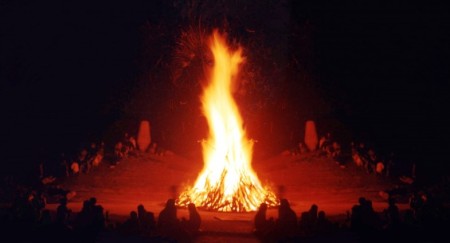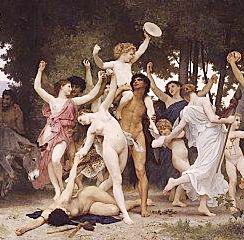
The 2023 Winter Solstice occurs in Paradelle tonight, December 21, 2023, at 10:27 PM ET. Also called the hibernal solstice, it occurs when either of Earth’s poles reaches its maximum tilt away from the Sun. This actually happens twice yearly, if you take into account each hemisphere. Tomorrow begins winter in the north and summer in the south.
In some ways, I have come to celebrate the Winter Solstice in some ways more than Christmas or the New Year, because it is grounded in a physical reality. It is the shortest day. It is a still point around which the world turns. There is a real shift happening at this time to this beautiful planet that shelters us.
Not a bad thing for us to hold our collective breath for a moment today here in the Northern Hemisphere, and begin to believe in the slow return of the light. Tonight is the darkest night but then the light returns. Light a candle today.
The winter solstice has been a significant time of year in many cultures since prehistory. It marks the symbolic death and rebirth of the sun, as the gradual waning of daylight hours is reversed and begins to grow again. I consider it a very hopeful day, even though I do not like winter weather,
Winter solstice celebrations often symbolically honor things. You don’t need to visit Stonehenge or dance around a bonfire in the moonlight, but surely, a least one way of marking the solstice must connect with you. Here are some possibilities you might celebrate: Symbols or ceremonies marking fire and light that are symbolic of release and rebirth, or life and death; marking the rising Sun, and the rising Moon; note any type of harvest; make peace with the darkness outside or within; any ritual acts that for you give life meaning.










